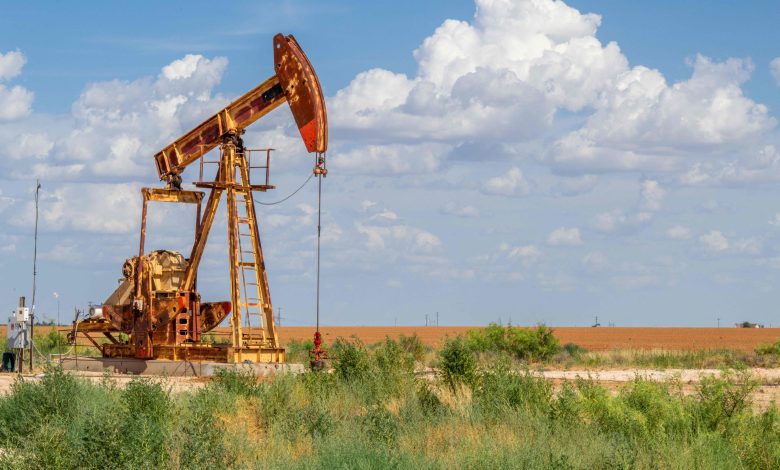Oil prices edge up as storm nears US Gulf Coast after week of heavy losses

OIL prices rose about 1 per cent on Monday on concerns that a hurricane forecast to hit Louisiana on Wednesday will disrupt production and refining along the US Gulf Coast.
Brent futures were up 78 cents, or 1.1 per cent, to settle at US$71.84 a barrel, while US West Texas Intermediate (WTI) crude gained US$1.04, or 1.5 per cent, to settle at US$68.71.
On Friday, Brent and US diesel futures closed at their lowest prices since December 2021. WTI closed at its lowest price since June 2023 and US petrol futures closed at their lowest level since February 2021.
In the US, oil and gas producers along the Gulf Coast started evacuating staff and curbing drilling to prepare for Tropical Storm Francine as it churned across the Gulf of Mexico.
The US National Hurricane Centre projected Francine will strengthen into a hurricane on Tuesday before hitting the Louisiana coast. The Gulf Coast accounts for about 50 per cent of the country’s refining capacity, according to the US Energy Information Administration (EIA).
“A small recovery in prices is under way … inspired by hurricane warnings that might threaten the US Gulf Coast, but the wider conversation remains on where demand will come from and what Opec+ can do,” said John Evans, an analyst at PVM.
BT in your inbox

Start and end each day with the latest news stories and analyses delivered straight to your inbox.
Opec+ includes the Organization of the Petroleum Exporting Countries (Opec) and allies like Russia.
In Libya, an Opec member, the country’s National Oil Corp declared force majeure on several crude cargoes loading from the port of Es Sider, with oil production curtailed by a political standoff over the central bank and oil revenue.
The Opec+ oil producer group has agreed to delay a planned output increase of 180,000 barrels per day for October by two months in reaction to tumbling crude prices.
Analysts said investor optimism about a soft landing scenario for the US economy, in which inflation is tamed without a recession or sharp rise in unemployment, also helped support crude prices. The US government is due to release a crucial inflation report later this week.
“A US recession is not inevitable, but the Federal Reserve needs to start cutting interest rates quickly and aggressively to avoid one,” according to James Knightley, chief international economist at ING.
US central bank policymakers have signaled they are ready to kick off a series of interest rate cuts at the Fed’s Sept 17-18 policy meeting, noting a cooling in the labour market that could accelerate into something more dire in the absence of a lower borrowing costs.
Lower rates can boost economic growth and demand for oil. The Fed hiked rates aggressively in 2022 and 2023 to tame a surge in inflation.
Bearish forecasts
But not everyone is bullish about crude prices.
Morgan Stanley cut its Brent price forecast for the fourth quarter to US$75 a barrel from US$80, noting prices were likely to remain around that level unless demand weakens further.
Global commodity traders Gunvor and Trafigura said they anticipate oil may trade in a range between US$60 and US$70 per barrel due to sluggish demand from China and persistent global oversupply.
China’s shift towards lower-carbon fuels and a sluggish economy are dampening oil demand growth in the world’s largest crude importer, according to speakers at the Appec energy conference.
Refining margins in Asia have slipped to their lowest seasonal levels since 2020. REUTERS





